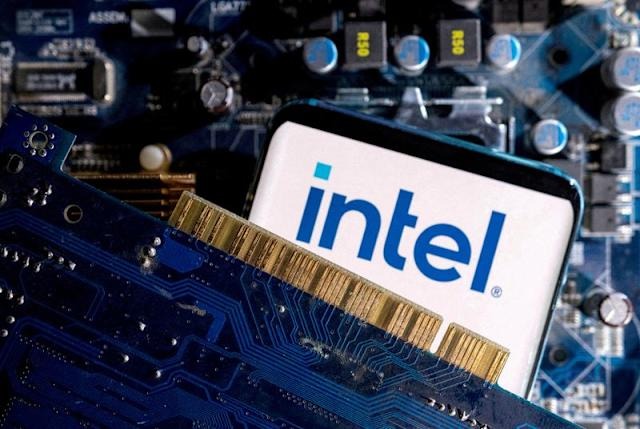
Follow WOWNEWS 24x7 on:

Intel, once the undisputed titan of chipmaking, now finds itself in a race against time. According to a recent analysis by Morningstar, the company has just 18 months to prove its relevance—or risk ceding its dominance to aggressive rivals Qualcomm and Arm. The stakes are enormous, and the pressure is mounting as Intel undergoes a painful restructuring under new CEO Lip-Bu Tan while its competitors launch a two-pronged assault on its core markets.
This isn’t just a corporate shake-up. It’s a defining moment for the future of American semiconductor leadership.
Intel’s crossroads: internal turmoil meets external threats
1. Intel is slashing 15 percent of its workforce and halting major fab expansion plans in Europe and the US
2. The company is reeling from product missteps, including controversial changes to its server chips like the removal of hyper-threading
3. Revenue remains stagnant at 12.9 billion dollars, while restructuring charges have triggered another quarterly loss
4. CEO Lip-Bu Tan has declared a shift toward demand-driven manufacturing, shelving speculative mega-fab projects in Germany and Poland
5. Construction in Ohio is slowing, with Tan emphasizing that future capacity will be tied to concrete customer commitments
Meanwhile, Qualcomm and Arm are seizing the moment. Qualcomm is making a surprise return to data-center processors and pushing deeper into Windows PCs. Arm, traditionally a licensor of chip architecture, is now considering building its own chips—directly competing with its licensees, including Intel.
The competitive squeeze
- Qualcomm’s re-entry into the server space threatens Intel’s long-held dominance in enterprise computing
- Arm’s pricing strategy and potential pivot to manufacturing could disrupt the licensing ecosystem and challenge Intel’s x86 architecture
- Both companies are capitalizing on Intel’s internal distractions and slow product cycles
Adding to the drama, Intel’s CEO has faced public criticism from former President Donald Trump, who initially called for his dismissal but later praised his leadership after a White House meeting. The political spotlight only intensifies the urgency of Intel’s turnaround.
The product gamble
Intel’s future hinges on two upcoming processor families: Panther Lake for laptops and Diamond Rapids for servers. These chips are expected to launch within the next 12 to 18 months and must deliver flawlessly. Any delay or underperformance could accelerate the industry’s shift toward non-x86 architectures, relegating Intel from industry leader to legacy player.
This is not just about chips—it’s about survival.
Strategic implications
- Intel’s shift to a leaner, more accountable manufacturing model marks a departure from its past strategy of overbuilding capacity
- The company is betting heavily on its 18A process node, which promises significant performance and efficiency gains
- Success would restore confidence in Intel’s ability to compete with TSMC and Samsung in advanced fabrication
- Failure could open the door for Qualcomm and Arm to redefine the future of computing, especially in mobile-first and cloud-centric environments
Why this matters now
The semiconductor industry is undergoing a seismic shift. AI workloads, edge computing, and mobile-first design are reshaping demand. Intel must adapt or risk irrelevance. Its rivals are not waiting—they’re building, innovating, and positioning themselves to lead.
This 18-month window is not just a corporate deadline. It’s a countdown to whether Intel remains a pillar of American tech or becomes a cautionary tale of missed opportunities.
Final thoughts
Intel’s transformation is underway, but the clock is ticking. Panther Lake and Diamond Rapids must not only succeed—they must redefine what Intel stands for in a post-x86 world. If they don’t, Qualcomm and Arm won’t just compete. They’ll take over.
Sources: Morningstar, PC Gamer, India Today, 9to5Mac



